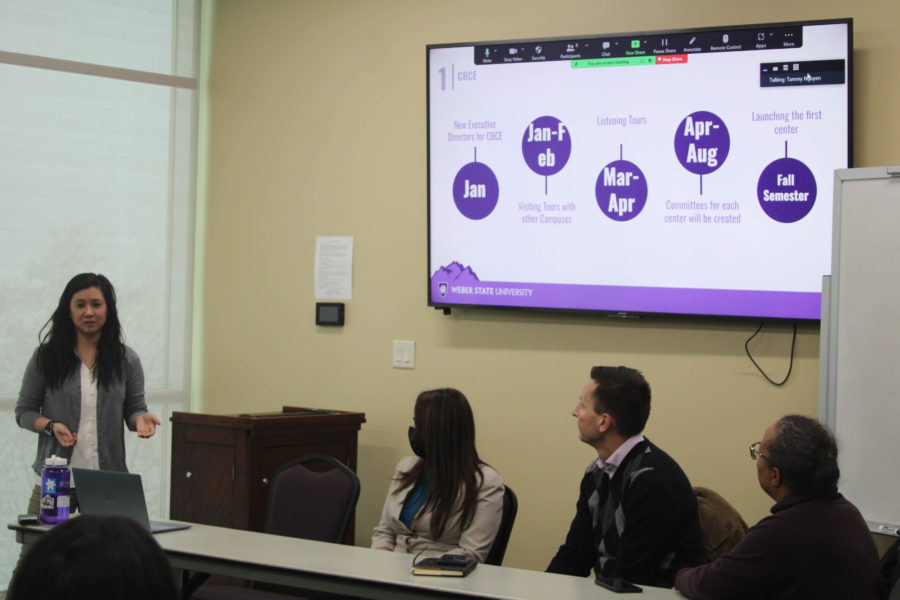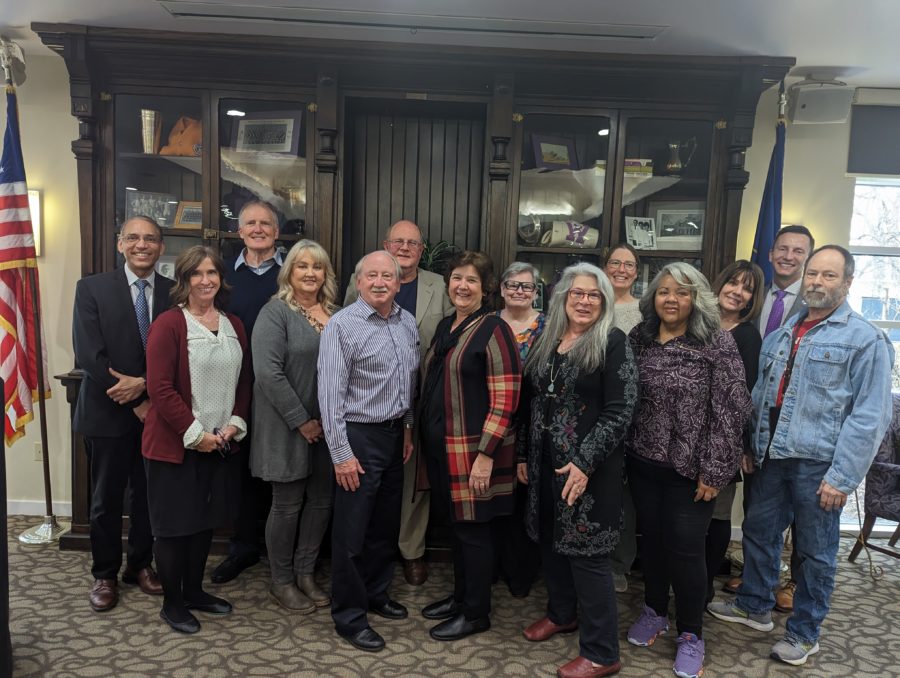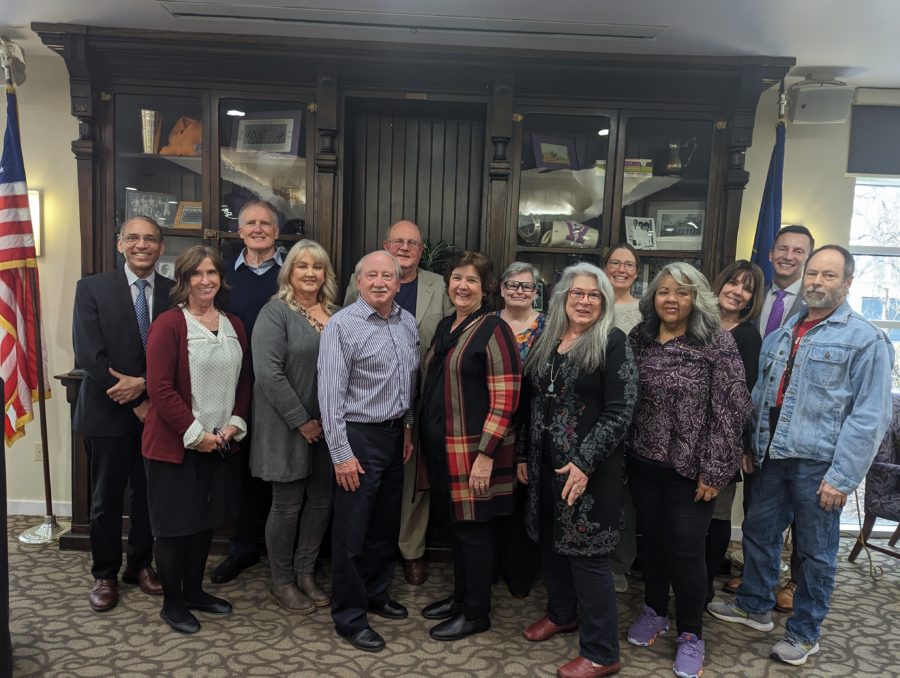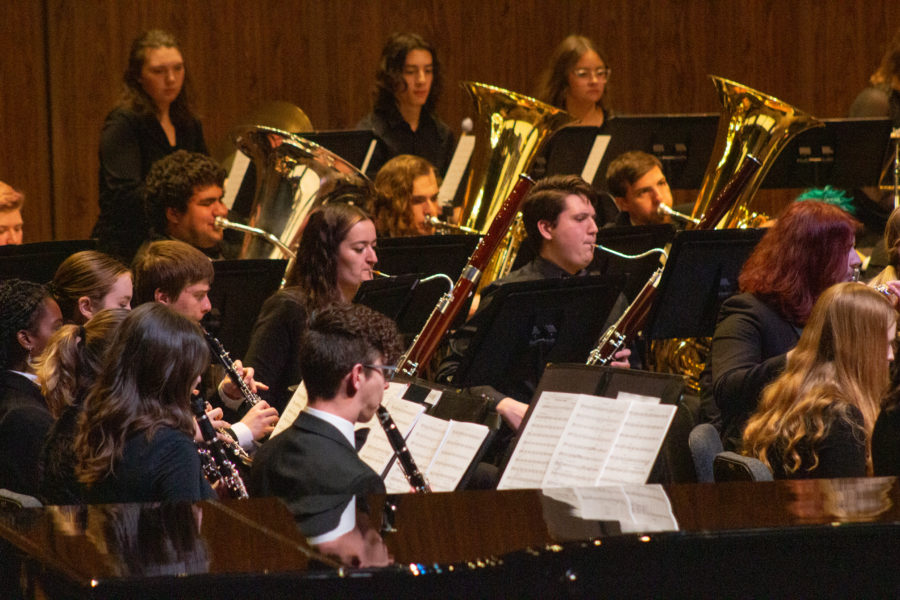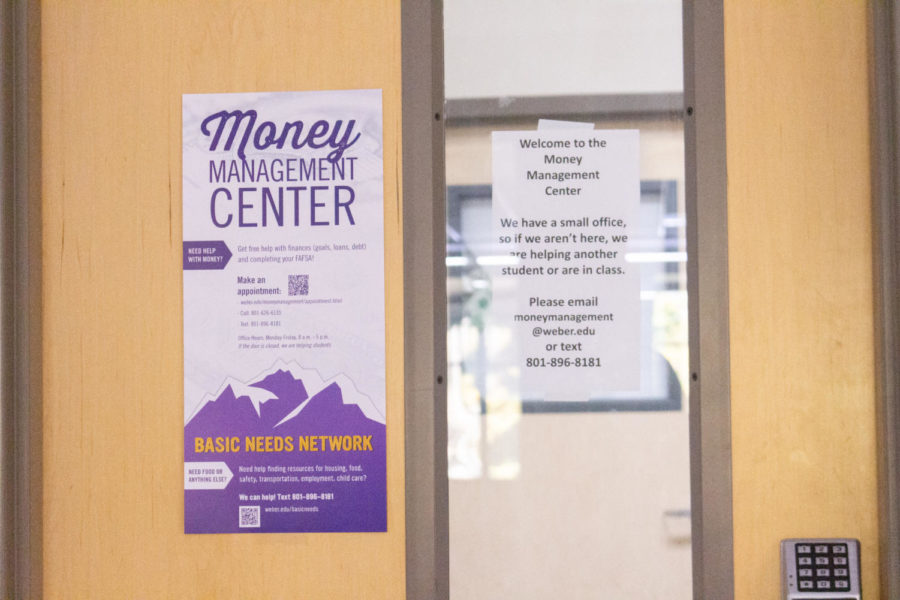On Saturday night, Shakespeare’s Romeo and Juliet, directed by Tracy Callahan, was not only given a modern interpretation, but a literal one as well. American Sign Language interpreters were added to the show and performed the meanings of the lines that were spoken on stage with their hands out to the audience.
“I think it benefits the greater audience in general.” said Amelia Williams, head coordinator of all Weber State University events requiring ASL translation. “Even if there is no deaf person in the audience, the rest of the audience is seeing something they maybe they’ve never seen before and maybe they’re getting that exposure to a little bit of deaf culture and to American Sign Language that they probably wouldn’t have access to other wise.”
The interpreter is given a script about a month or so before the show, so they can read through it and find the meaning of every line and the most accurate sign translations. Mickelle Smith, one of the assigned interpreters for the performance and a graduating senior this semester, said the most challenging part of interpreting for Romeo and Juliet was deciphering the analogies of Shakespeare into understandable signs.
“It’s the symbolism that you have to decide if you want to let the audience figure it out,” Smith said. “But sometimes you just have to put the meaning of it into the signs so they know what’s exactly going on.”
The interpreters then are assigned characters to interpret during the show. They also attend some of the rehearsals, so they can get a feel for the actor’s voices and progression in the real show.
“It’s like we are taking on those roles and interpreting them,” Smith said. “So we have an interaction between each other.”
Come production night, there are no scripts, and the interpreters are on their own as they portray the characters interacting on stage through American Sign Language and their own physical expressions.
Catherine Zublin, the show’s costume designer, believes the ASL interpretation was an added piece that made the show special for the Saturday night audience.
”It’s a treat because you get to see another group of people, enjoying what you enjoy too in a slightly different manner,” Zublin said. “We should always do whatever we can, so that we have as many audience members as possible and that they all have that opportunity to see the show.”
After the bilingual performance, Romeo and Juliet will continue to run from October11-15, at 7:30 p.m. and Saturday, October 15, at 2 p.m. in the Allred Theater, Val A. Browning Center for the Performing Arts. The next show that will have an ASL translation will be Tartuffe in the spring semester.
Anyone who may want to arrange for an interpreter for any other events on campus can call the WSU Services for Students with Disabilities office (801.626.6413) and arrange for a tutor to attend the event.
“It definitely benefits me getting to go to different things that I would not ever go to if not for interpreting, like Romeo and Juliet.” said Smith. “It’s really a good thing and getting to go to different classes I have the most diverse education because of it.”



